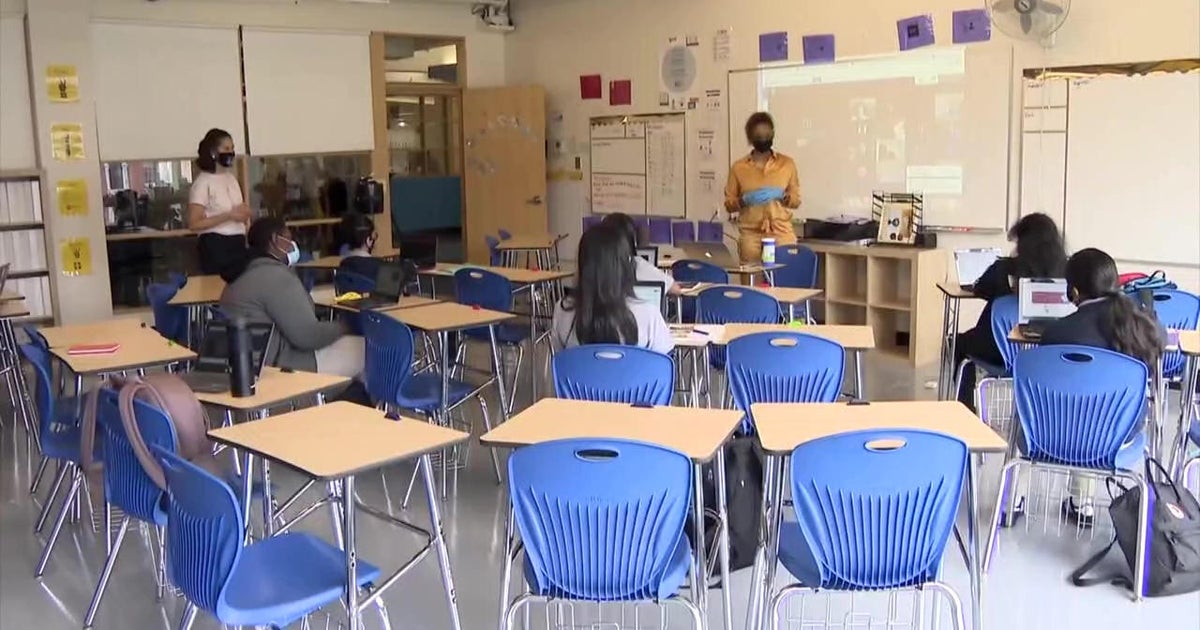
Dear Commons Community,
An unprecedented 352,000 public school students in New York City repeatedly missed school last year, a harrowing sign of learning loss that is hitting the city’s most vulnerable children especially hard.
The lost classroom time, revealed in new data obtained by The Daily News, disproportionately affected children without a stable place to call home, who are not native English speakers or who have a disability. Children living in poverty were also hit hard, with a 45% rate of chronic absenteeism —tens of thousands more kids since before the COVID-19 pandemic.
Before the pandemic, the figure of chronically absent students hovered around 25% and was generally on the decline. But that was until 40.2%, or 352,919, of the system’s 880,000 or so students were marked as such last year, by far the highest rate in more than two decades, according to the top-line figure in the Mayor’s Management Report. Children are identified as “chronically absent” when they missed at least 10% of the school year.
“A year and a half of school was online, and I got used to online,” said a former Queens student with autism, dyslexia and anxiety, whose name is being withheld to protect his privacy. “Going back was stressful, and it was just a matter of time until I collapsed on myself and decided I didn’t want to do this anymore.”
His mom, Jennifer Choi, a special education advocate, said he missed 42 days of school last year. And he’s not alone — 52% of students with disabilities were chronically absent at the time, some of whom struggled with a condition called “school refusal.”
“He was complaining of this illness and that illness, and it was very hard for us to figure out what to do,” she said. “There were days he wanted to come home early, there were days we’d try to keep him there. Then there were days in the morning, we’d have to argue with him for an hour to go to school.”
The disparities among those chronically absent also touched on geography and race.
Roughly half of students in the Bronx were classified in the category, followed by Manhattan and Brooklyn. Almost three in five students were chronically absent in Harlem last year, the figures show. And close to half of Black and Hispanic students were chronically absent, compared with 23% of Asian and 30% of white students.
The reasons why students struggled to attend school after buildings reopened during the pandemic are complex, so much so that city Schools Chancellor David Banks told The News this fall that there is no one “silver bullet” to reverse the trend.
Students falling behind in their classes, disrupted relationships with friends and teachers, and anxiety and illness have all had devastating effect on attendance.
Other young people may have taken on jobs or child-care responsibilities. And thousands of children lost a parent or caregiver to the virus, nearly double the national rate.
The new data, while pointing to clear disparities, also showed that few students were spared the ramifications. Nearly 25,000 more kids from middle- or high-income families were classified as chronically absent last year than before the pandemic.
“This is a sign that conditions last year got really eroded,” said Hedy Chang, founder and executive director of Attendance Works. “Everyone was affected, even if you’re not facing barriers like transportation or housing.”
Many of the high rates of chronic absenteeism were concentrated in lower and upper grades. Nearly 56% of seniors missed a chunk of the school year. Kids in preschool through the first grade, who never developed the habit of attending school before the pandemic, also had rates above the citywide average. “There’s always separation anxiety for kids — the key is a real routine of showing up to school,” said Chang. That the absenteeism rate has “grown so much is just incredibly challenging.”
The chronic absenteeism rate for students learning English ballooned during the pandemic, leading experts to question the ways schools connected with parents about the shifting impact of COVID. Roughly 41% of English learners were repeatedly missing school, compared with 28% before the pandemic.
“There are a lot of reasons why a child doesn’t want to go to school, and one of those is the feeling of hopelessness and anxiety of falling behind academically,” said Rita Rodriguez-Engberg, the director of the Immigrant Students’ Rights Project at Advocates for Children.
“English learners during the pandemic didn’t get the services they were supposed to get, so it was hard for them to return to school and be engaged,” she added. Education officials expect the chronic absenteeism rate to be more under control this school year, approximately three compared with four in 10 students as of December.
“We are laser focused on addressing heightened rates of chronic absenteeism that were exacerbated locally and nationally by the pandemic,” said spokeswoman Jenna Lyle in a statement.
This is the first school year that the attendance policy encourages schools to proactively prevent absences by contacting students and offering academic recovery programs, mentorship and personalized communications, officials said. The department offers tutoring, professional development on attendance data and strategies to reduce absenteeism, and partnerships with local nonprofits and other agencies for programs and services during and after school. Older students without enough credits to graduate also have access to a virtual program to help overcome barriers to attendance. But for some families, the change has come too late, pushing them out of the public school system.
A sad situation for these children and their parents.
Tony


